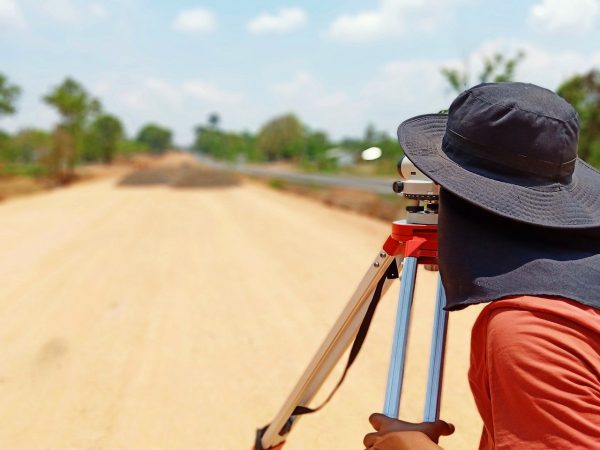The United States remains one of the few places on the planet not to have adopted the metric system. Instead of looking to remedy that particular disconnect, the country seems to be doubling down by standardizing something most would assume already was: the foot.

Remarkable as it may seem, there are two “feet” of different lengths used in different contexts. The “international foot” and “US survey foot” are close enough in most cases, but a .0000002% difference is enough to make measurements problematic over long distances. Why this slight difference? It’s a bit silly, but simple: one unit is measured as a fraction with a repeating decimal while the other is rounded off.

To its credit, the US also keeps count of most things in meters — problems arise, however, when surveyors convert those meters to feet, a process which is not standardized currently across all states.

Ultimately, most surveyors and engineers would probably be best served by the country going fully metric, but for now that push still lacks requisite momentum. Instead, impacted parties will have to settle for a plan to standardize the measure of a single foot starting in 2023.



Comments (7)
Share
.0000002% difference is giving me about a 3 inch error for the width of US, coast to coast, is my math on?
2800mi x 5280ft/mi x .00000002 x 12in/ft = 2.9in?
The problems arise when we use what we call false eastings in our plane coordinates.
The NGS certainly cares about 3 inches, but as you point out Land Surveyors would not over that distance.
Or maybe 0.29 inch? To convert percent to decimal, you’d need to divide by 100 or move the decimal point two places left, thus adding two more zeros to the multiplier.
I will never get over the hilarious way yanks to misspell metre (the unit of measurement, metre ruler, kilometre, etc) with meter (a device used for measuring, such as a water meter). I realise for them, it is meant to be spelled that way, but for the rest of the world it’s just amusing, like they just don’t know how to spell and trusted a spell-checker on their screen…. it always makes me chuckle to see it.
Metre is the British spelling of the unit of length equal to 100 cm, and “meter” is the American spelling of the same unit. No need to be rude.
For the record, surveyors (I am one) would rather go to meters. All of our electronic measurement devices work in meters and provide us a conversion to feet.
For cadastral friction is the majority of legal descriptions, which are in feet. Also, much of the code (minimum widths, pipe sizes, and so much more) are all in feet.
Interestingly (to surveyors) the underlying measurements for most of the land in the USA is not feet nor meters. That underlying unit of measurement is still used today as surveys work to complete the most wide spread and longest (in both distance and time) public works project in the nation’s history. (Possibly in any nations history that we know of.)
David, WA PLS
> the underlying measurements for most of the land in the USA is not feet nor meters
What is this measurement unit? Chains?